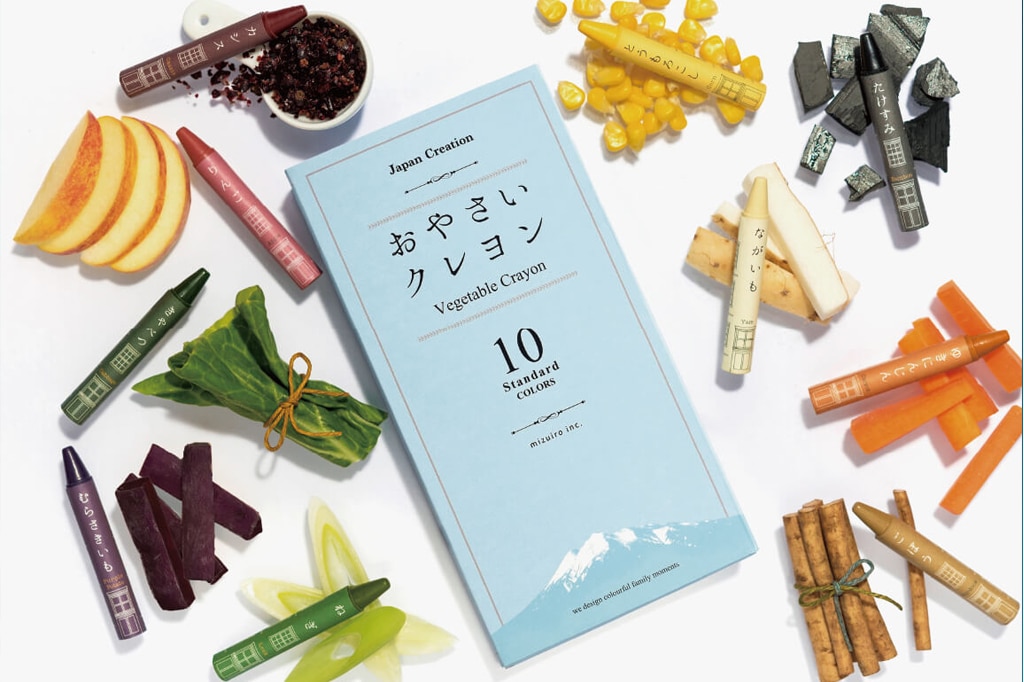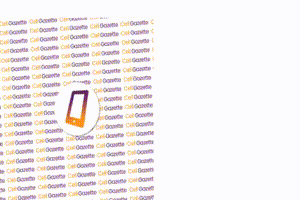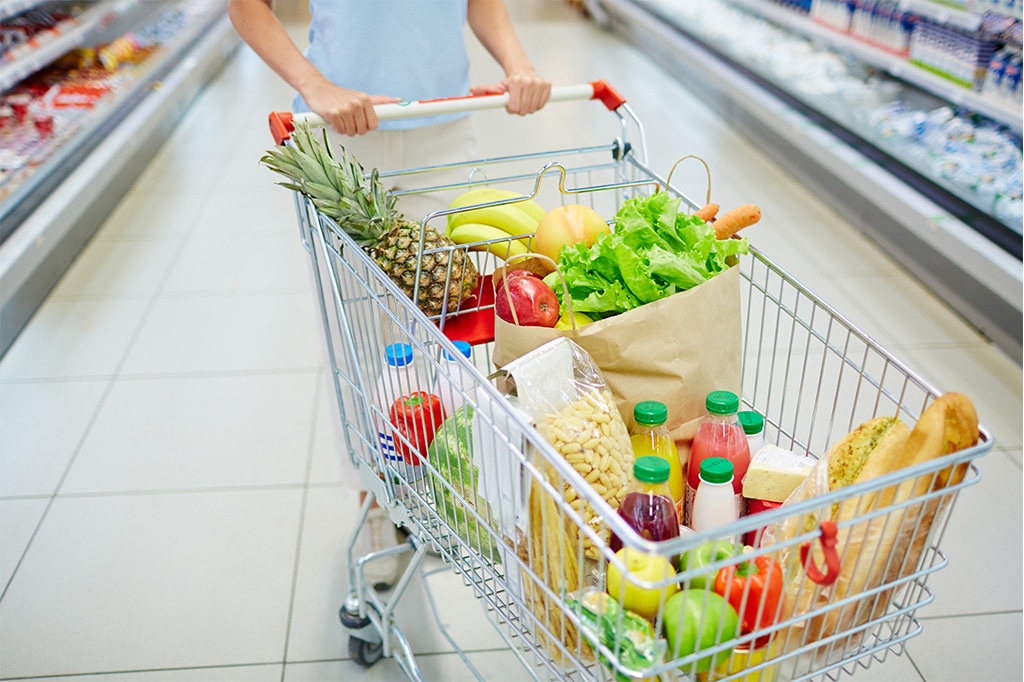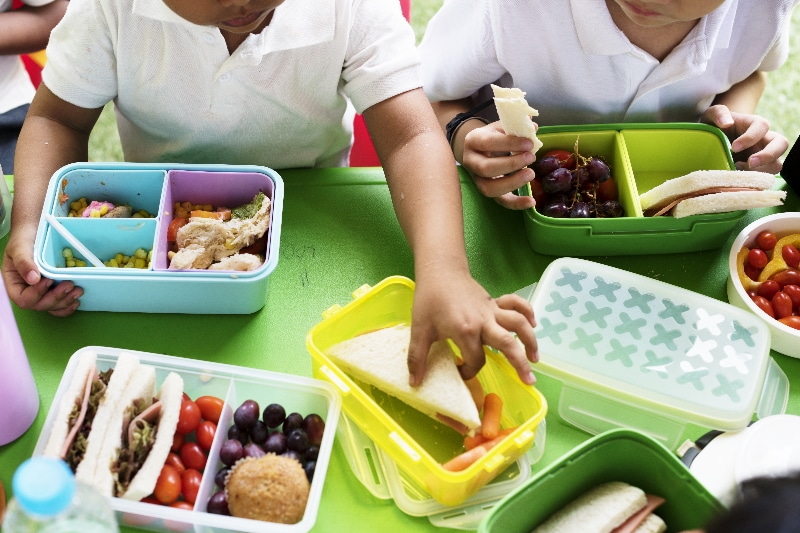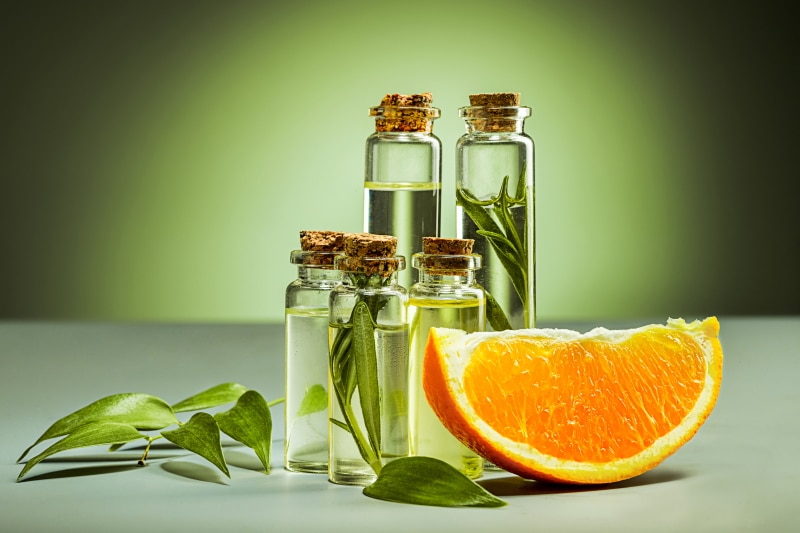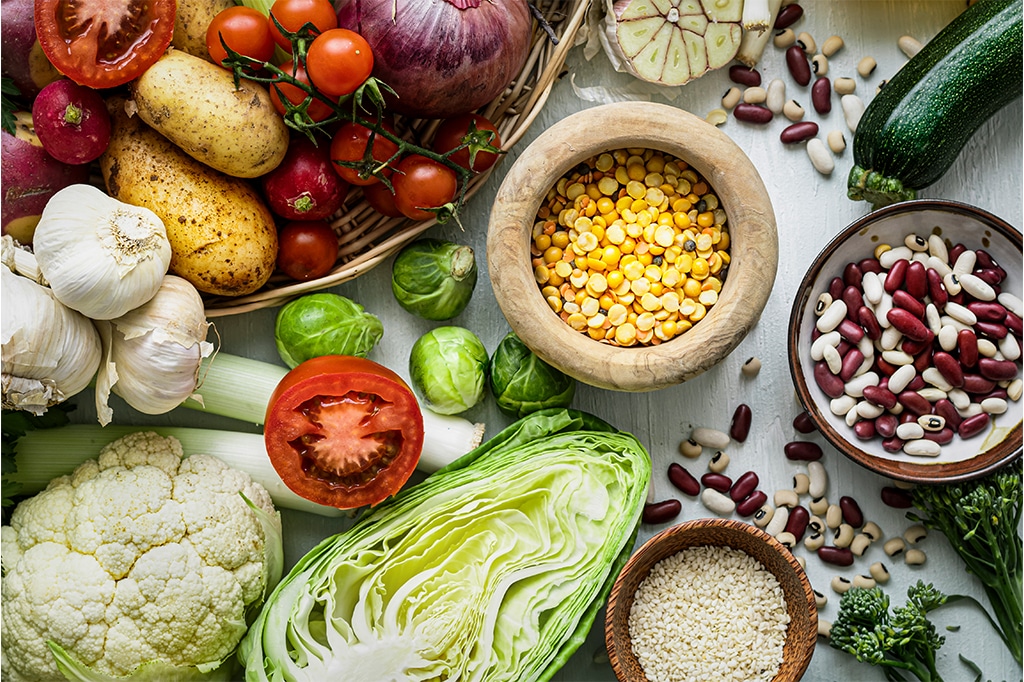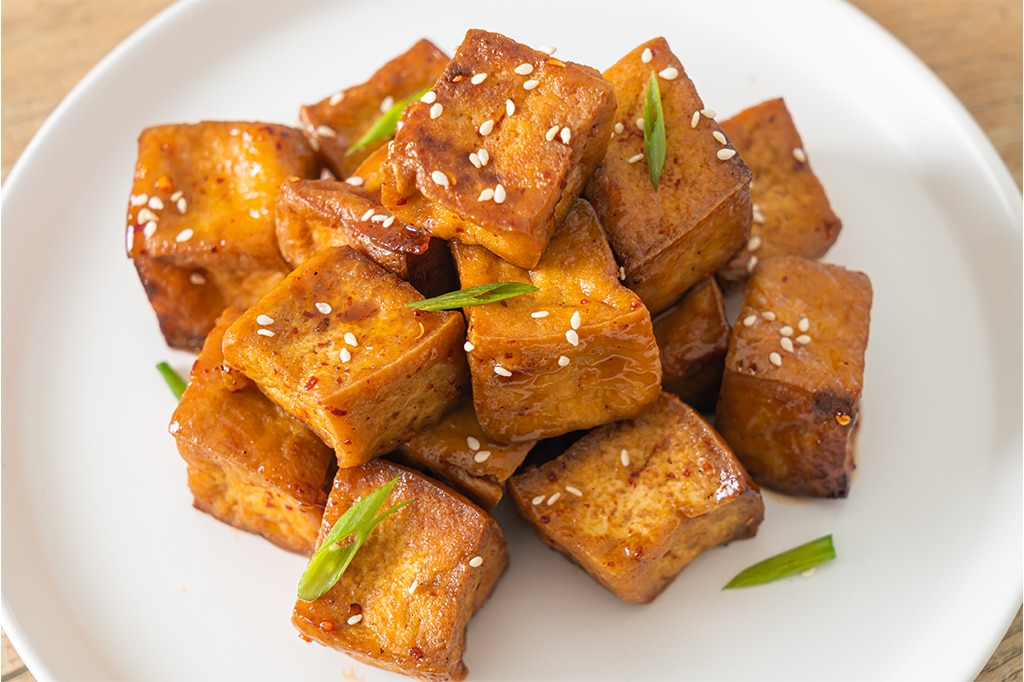Mizuire is a Japanese company that just created a sustainable alternative to traditional crayons from scraps and waste of vegetables. These new Vegetable Crayons are plant-based and eco-friendly. The idea to create this safer, secure, and more eco-friendly crayon came when Mizuiro founder Naoko Kimura quitted her job as a designer to spend more time with her child. While looking at the crayons her daughter played with, she thought to herself: “Whenever children take an interest in something, they put it in their mouth. So why do crayons, something so close to most children, not seem all that safe?”
Most of the crayons manufactured on the market today are not environmentally friendly since they are made with paraffin wax, containing and synthesized from petroleum which is a toxic chemical, and are very unsafe for children if they eat them. Additionally, in the United States—approximately 150 million crayons are discarded annually by US restaurants that are used by kids in playing areas alone, and they usually end up in the landfill.
Many crayons manufacturers, including major leading brand Crayola’s, are not vegan as they use stearic acid which is derived either from tallow, or beef fat, giving the crayons that distinctive smell.
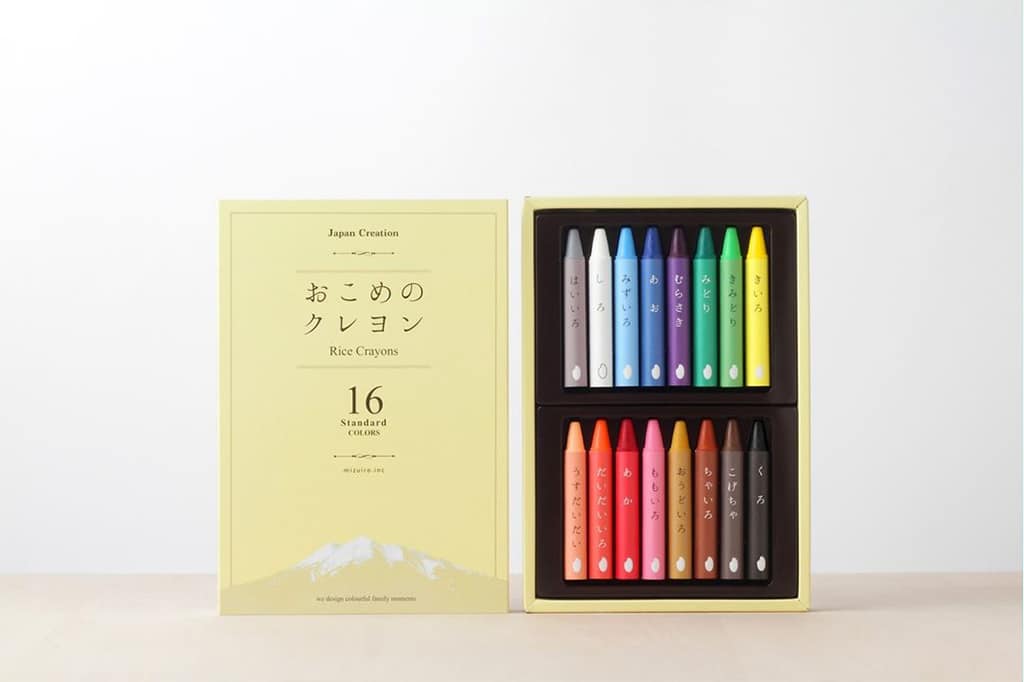
Kimura started to make safer crayons for her daughter, and the project eventually evolved into a zero-waste, eco-friendly initiative using the discards and waste from her region’s agriculture industry. The Vegetable Crayons are made from a solid wax manufactured from rice bran and liquid rice bran oil—which are byproducts of rice processing.
To add coloring to the crayons, Mizuiro uses discarded vegetables such as leaves of cabbage, the outer skin of Yam, Corn residuals, Apple skins discarded processing of apple chips, Blackcurrant skins, Sweet potato scraps, Bamboo charcoal
All this waste is crushed to create a powder pigment to color the crayons. Eighty percent of the vegetables the company uses as the crayons’ ingredients are grown in Japan. For additional color, Mizuiro uses food coloring that is certified as a safe food additive, but the food coloring is less than one-third of the pigments used in regular crayons.
The colors of the Vegetable Crayons are not the only innovation here, Mizuiro uses them to reflect the vegetables used to make them and to name them accordingly. Because of that, you do not have standard color names such as yellow and green, Mizuiro named them cabbage and carrot.
Mizuiro’s use of real vegetables is also to aim and help children to develop an interest in and love of vegetables as they interact with and smell them. Each crayon has a delicate scent of the vegetable it’s manufactured from. To provide further proof of their safety, the Vegetable Crayons also carry certification from the European toy safety standard.
Last march, Mizuiro hosted a Kickstarter campaign and surpassed her fundraising goal, raising more than $9,000 to further expand production of the Vegetable Crayon.

